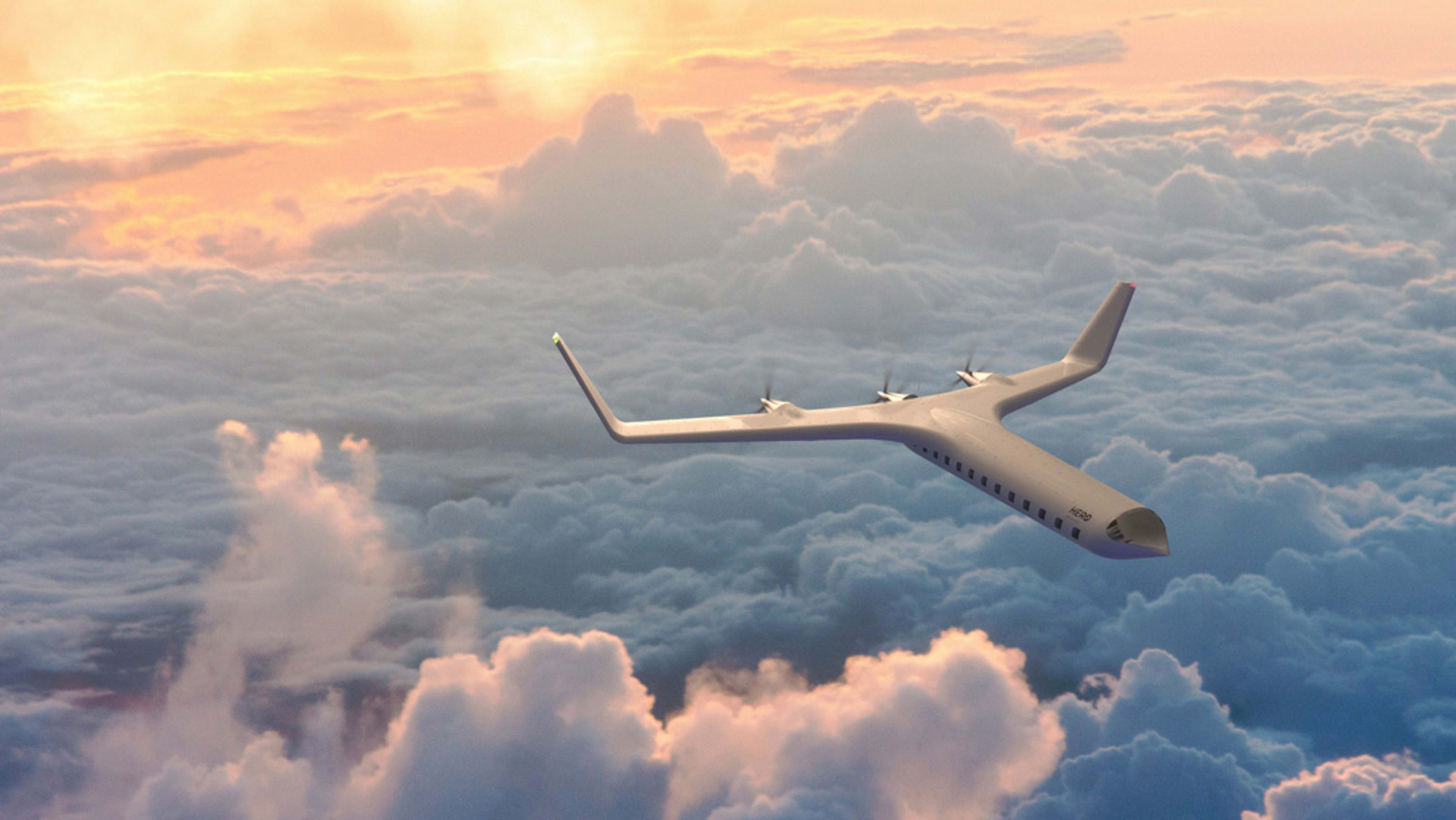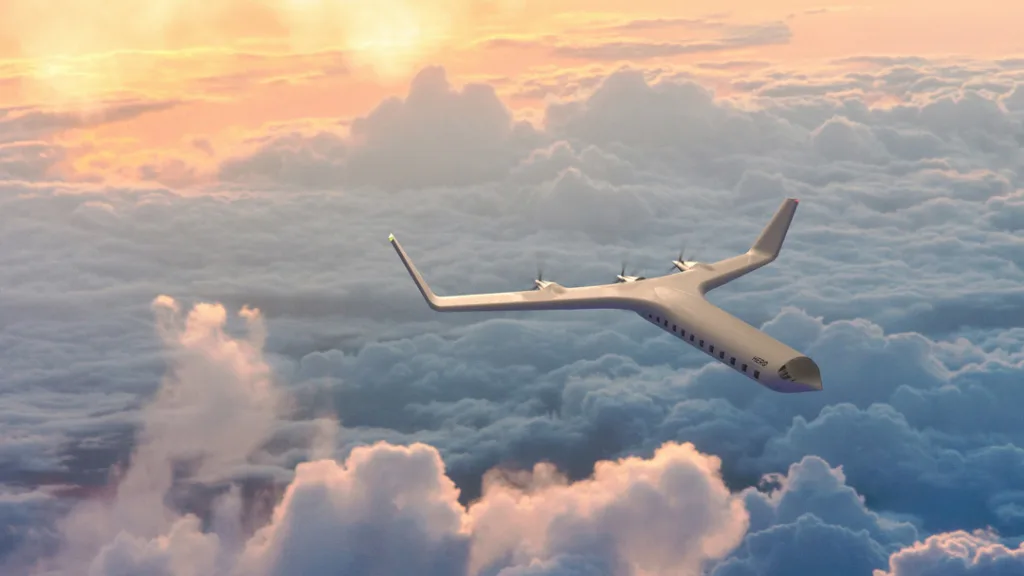Shrinking legroom isn’t the only bad thing about flying: Jet-setting makes a sizable impact on our environment, accounting for 2.5% of all greenhouse gas emissions globally. Flying is still nowhere as bad for our environment as the meat and car industries, but if we’re going to salvage our planet, we need to rethink all aspects of our consumer behavior—including how we travel 300 miles in less than two hours.
Designer Joe Doucet was sitting on a plane, feeling guilty during yet another work trip, when he wondered what he could do to curb his own impact. Most of us would simply buy carbon offsets; Doucet designed a new kind of plane.
Called the “ZER0” (yes, that is a zero, not the letter “o,” at the end of the name), it’s an electric plane designed for efficiency rather than speed. The vehicle is only a concept, but it’s a compelling case study in how we might reconsider air travel to help the environment, developed by Doucet and his team.
It’s essentially a step forward and backward in technology at the same time. Instead of jet fuel, the ZER0 runs off electricity, with batteries, and potentially even electric generators on board. Instead of jet engines, the ZER0 uses electric motors to drive propellers. That’s right—the latest in electric technology would be spinning a blade developed by the Wright Brothers for propulsion. That’s how the ZER0 would fly.
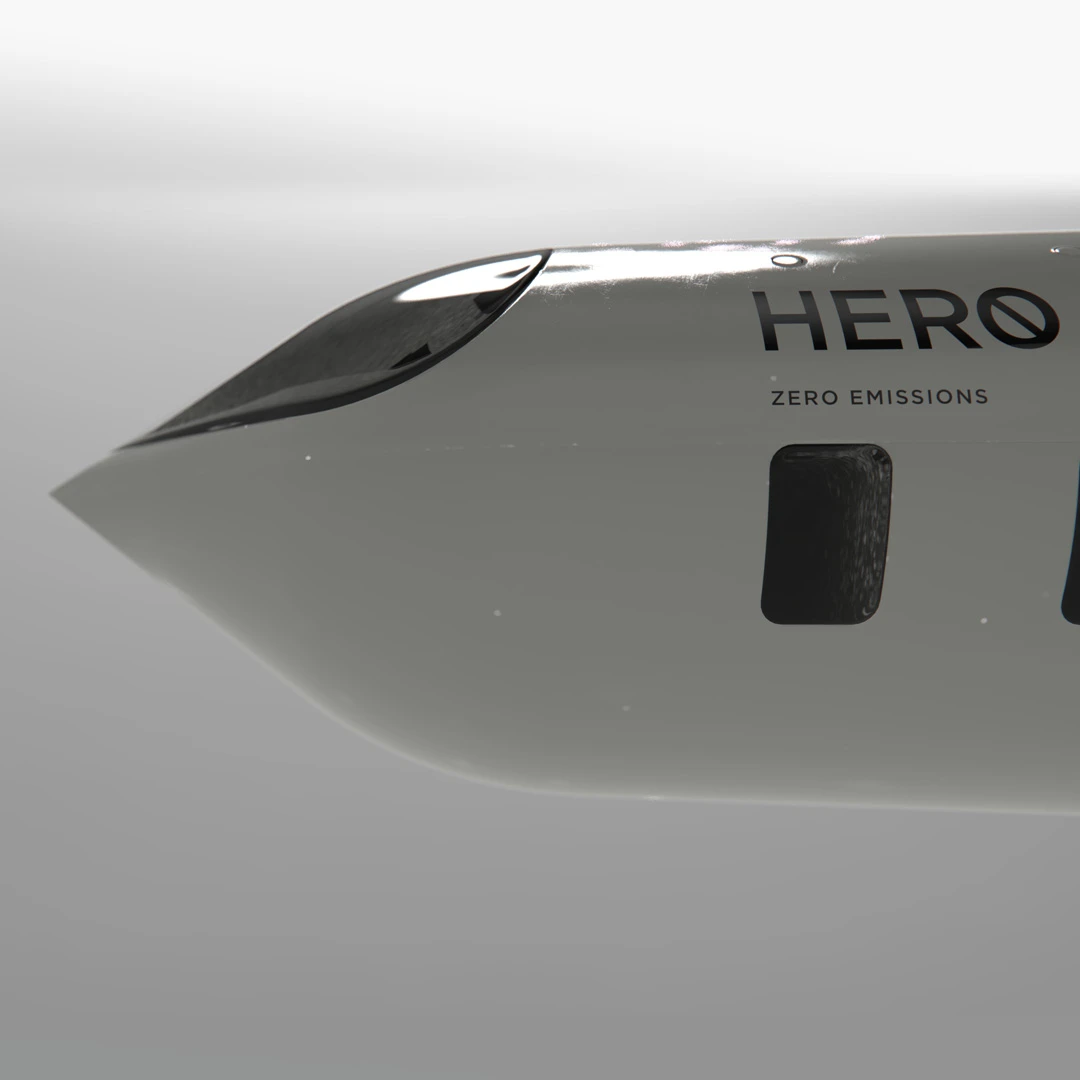
Doucet doesn’t claim he’s the first person to propose an electric plane, and in fact, such planes have been flying for years. The first electric plane took flight in the 1970s, powered by heavy nickel-cadmium batteries. It was a car-sized craft that flew less than 10 minutes. Then in just the last decade—with the improvement of lithium-ion battery technology—we’ve seen renewed interest. A company called Zunum Aero, backed by Boeing and JetBlue, has been working on a 50-seat hybrid jet. Hyundai teased a five-person electric Uber plane developed by the engineering group Aria. In each of these cases, electric power has been viewed as a small-to-medium plane solution, not something for commercial aircraft. In fact, in late 2019, the first commercial electric flight occurred. Its payload? Six people. The most promising prospect on the horizon is probably Airbus’s E-Fan X, which is a more typical-looking hybrid commercial jet, in which one of the four engines has been replaced with an electric motor.
Doucet ditches jet engines altogether, and the tradeoff, he says, is that the speed would be about 20% slower than your average jet. But that isn’t the end of the world for the popular, short-haul flights that would be ZER0’s bread and butter. It means that a two-hour flight would take an additional 24 minutes for a plane that could be charged with solar or wind turbine energy.
“We’re not breaking the sound barrier, but efficiency is key,” says Doucet, noting that short-haul flights are responsible for most of the carbon emissions in the airline industry. “It seems to me there’s both achievable technology, and a desire on the part of travelers to travel better, even if travel takes a bit longer.”
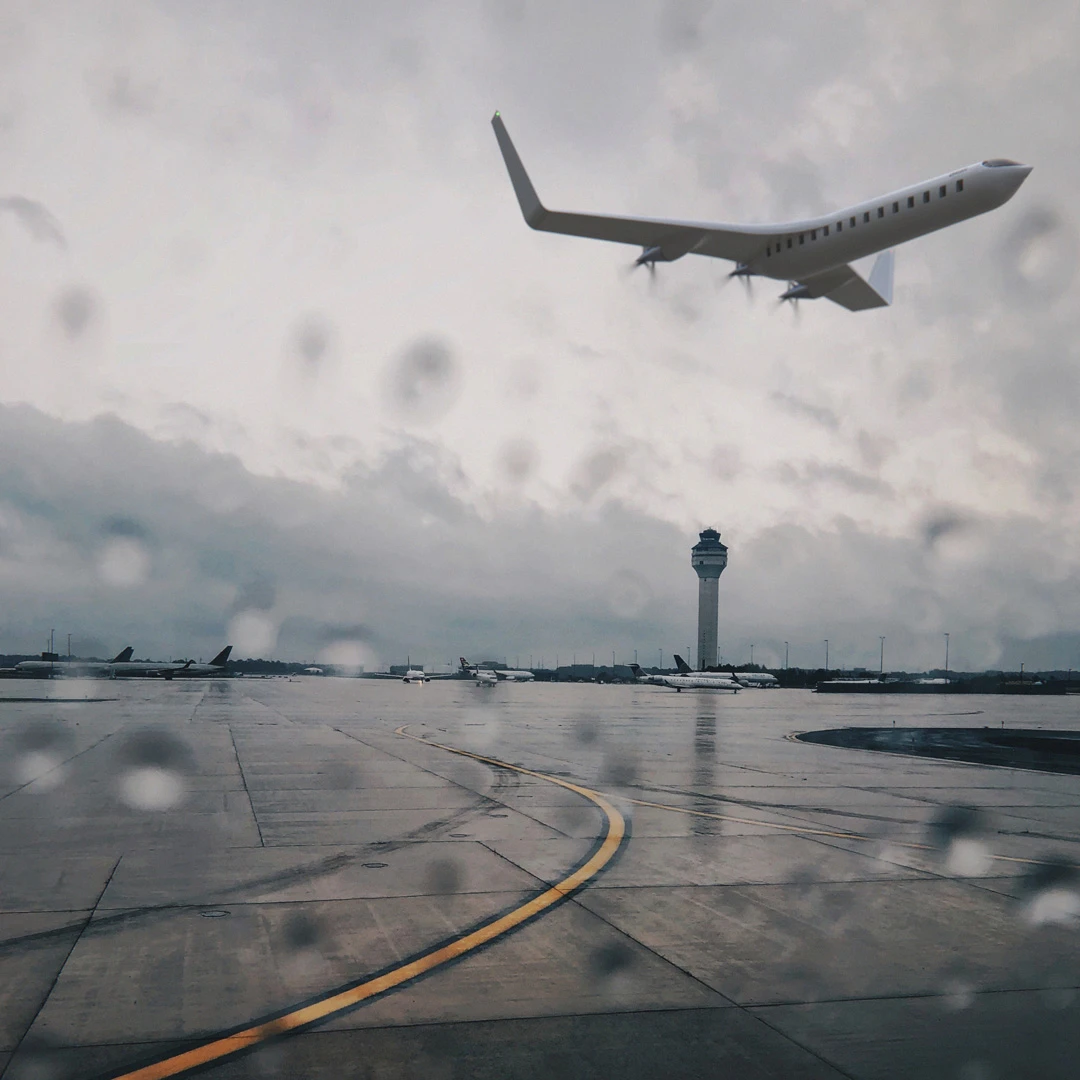
You can see efficiencies built into the rest of the plane’s design too. The wings are larger than your typical jet to optimize lift, getting the plane into the air, and keeping it in the air, with as little propulsion as possible. The wings have been set high and to the back of the plane so that they sit directly over the bulk of the plane’s weight, the batteries and motors. Doucet says the plane could glide back to the ground without power in case of an electrical malfunction.
The propellers are also pushing rather than pulling. In Doucet’s research, he found different schools of thought about propeller placement, but he says that propellers that push optimize fuel efficiency, while those that pull optimize speed (both by very small margins). He also admits that this decision was partly about aesthetics. “More importantly, if you saw the props on the front you might glance past it and think it’s another prop plane,” says Doucet.
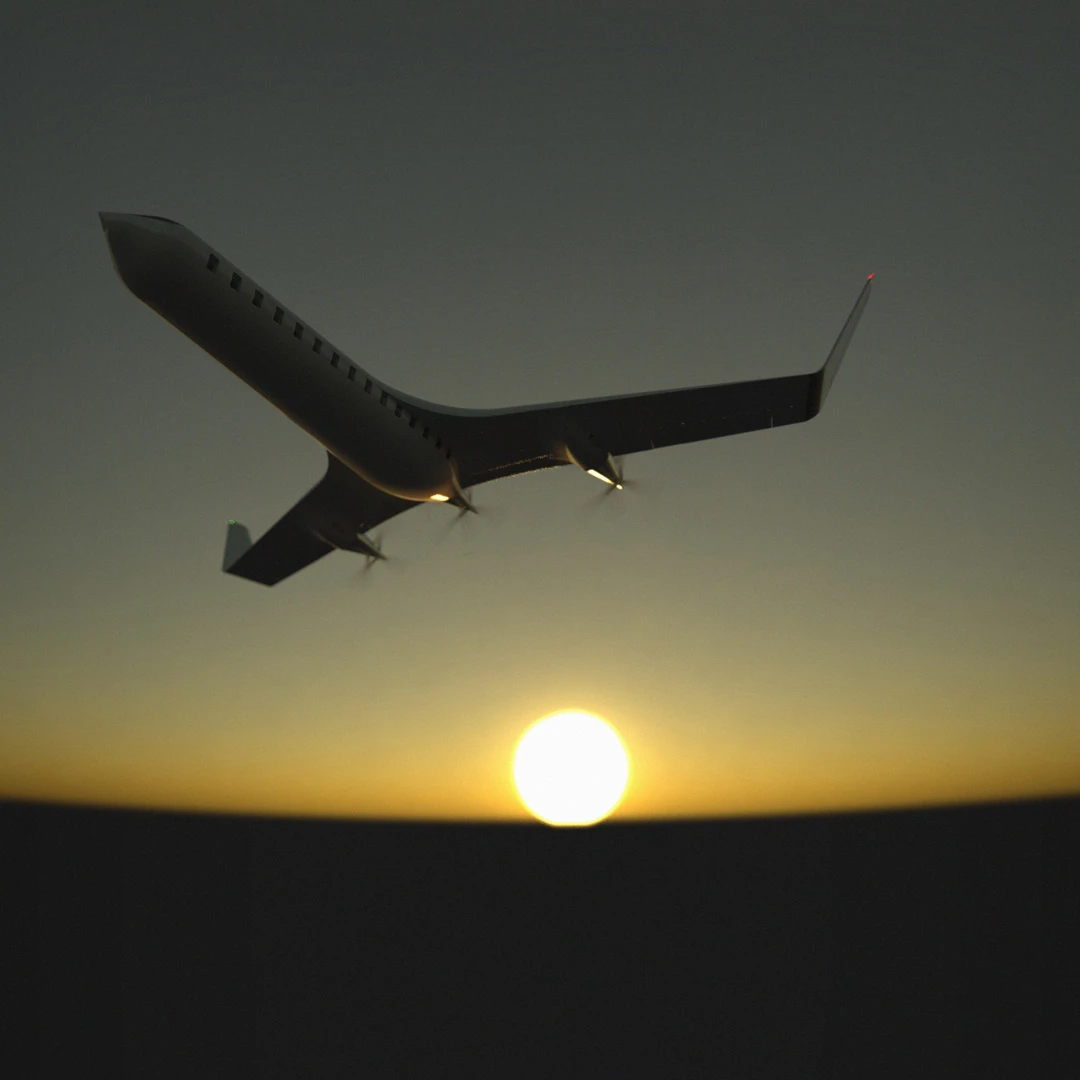
Indeed, while he put months of work into the design, Doucet is not an aeronautical engineer, nor is he an electric engine specialist. He does not claim to have designed an entirely functional, perfect plane with no engineering oversights, but he hopes that ZER0 catches your attention by design, and makes you reconsider the status quo of the airline industry and its underlying infrastructure—just as Tesla did with the auto and energy industries.
“It’s a conceptual billboard that [is designed to] arrest people for a moment,” says Doucet. “At its lowest point of impact, it would make people question, ‘Why aren’t there electric commuter planes?’ At the highest impact, producers of short-haul flights, everyone from Airbus and Boeing to your Bombardiers and Gulfstreams, . . . [ are realizing that] beginning an R&D program might be of medium- and long-term interest to their businesses.”
Recognize your brand’s excellence by applying to this year’s Brands That Matter Awards before the early-rate deadline, May 3.
